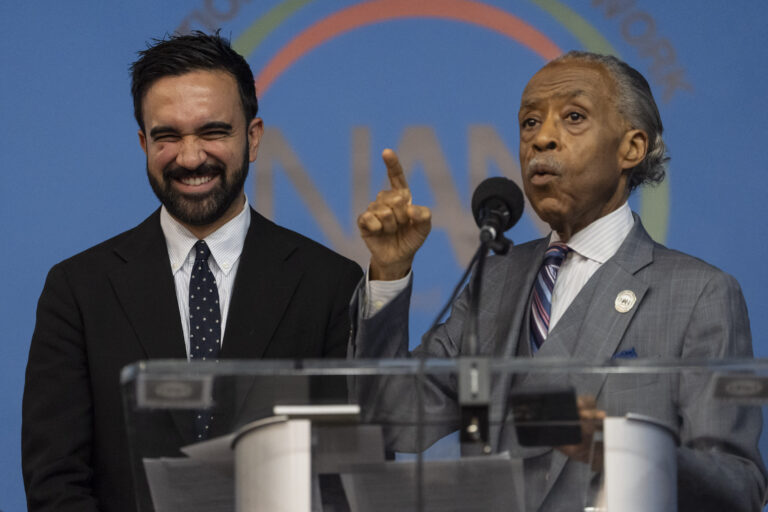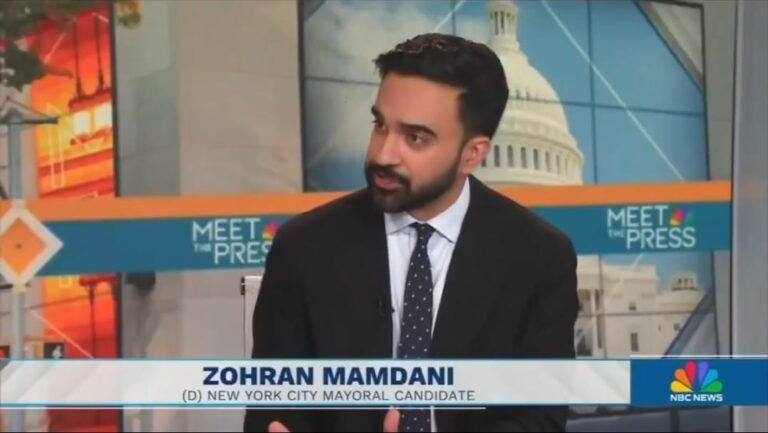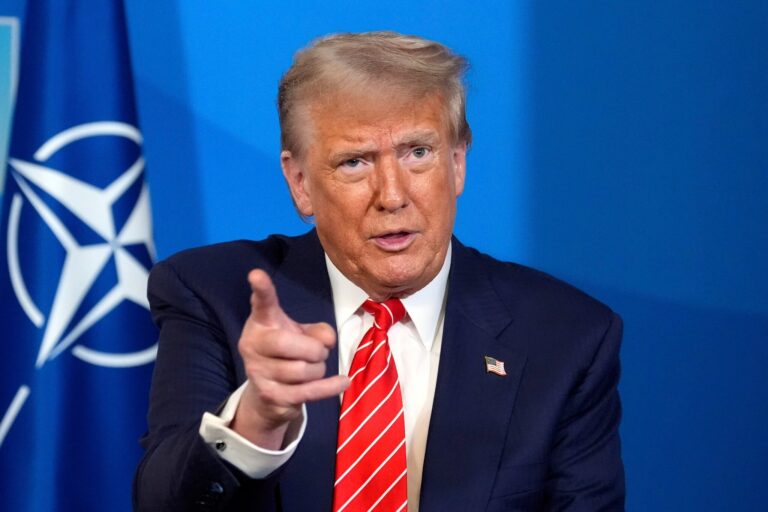 After spending billions on bomb-detection equipment, the Pentagon now says the best tool for the job is … a dog.
After spending billions on bomb-detection equipment, the Pentagon now says the best tool for the job is … a dog.
And now a new generation of cunning canine will soon be sniffing for explosives on city streets.
They’re called “vapor wake dogs” and CBS 2’s Tony Aiello recently put their amazing abilities to the test.
On a crowded street in lower Manhattan, Aiello tried to keep an explosive secret to find out if a dog can sniff out the danger.
He had basic black powder strapped around his waist.
Canine expert Paul Stapleton said “Raven,” a black lab, is unlike any bomb-sniffing dog you’ve ever seen.
“I would use the word ‘amazing,’” Stapleton told Aiello.
And better than any bomb-detection technology.
“The dog is trained to smell every possible component of explosives that has been used up to this point,” Stapleton said.
The classic image is that of a German shepherd sniffing where the handler points, trained to inspect one item at a time. But instead of sniffing a single item, Raven smells hundreds in the air all around her to detect so-called “vapor wake” — molecules of explosives trailing behind someone carrying a bomb.
“There’s explosive particles actually lingering in the air that the dog is able to pick up after the fact,” said John Pearce, who helped develop vapor wake training at Auburn University.
Pearce said what makes this so advantageous is the dog’s amazing ability to detect specific odors. The part of a canine brain devoted to analyzing smells is 40 times larger than that of a human.
So in the test, Aiello stayed across the street from the dog, keeping his distance because he was going to be a decoy during a test of the canine’s abilities. Aiello put on the black powder belt and a sport coat and glasses just to change his appearance a little bit. He even carried a jacket to try to hide the bulk of the belt.
Raven and her handler, Brian Murphy, started two blocks away. Aiello started to walk towards the dog in anticipation of the animal’s reaction as he walked by. The lab barely drew notice as she sniffed her way up Broadway.
“No aggressive behavior, basic friendly lab that you see on a standard basis in New York,” Stapleton said.
Next, Aiello started hanging out now with a crowd by the famous bull on Broadway to see what the dog could do.
Raven followed her nose right towards Aiello, picked him out of the crowd and then strained at her leash as she followed him across the street.
When Aiello finally stopped, Raven sat down, a signal to her handler to call for appropriate back-up.
Raven’s nose is so sensitive, 10 minutes after a bomb is brought into a building she can follow the “vapor wake” inside, up stairs, through the stairwell, in an elevator, what have you.
Pearce said Auburn University continues to research ways to maximize canine capabilities.
“I still don’t think we’ve tapped into what a dog’s full capability is,” Pearce said.
Before the year is out the NYPD will have “vapor wake” dogs patrolling city streets.
They are a four-legged anti-terror tool, sniffing out trouble.
After last week’s package bomb scare vapor wake dogs are being looked at for cargo screening. The NYPD won’t say how many dogs it has acquired.
Each dog costs upwards of $20,000.
(Source: WCBSTV)











4 Responses
“Each dog costs upwards of $20,000.”
That’s a major bargain when compared to the multi-millions spent on all kinds of scanning machines or the salaries and benefits for the largely useless TSA security people.
Will the ACLU challenge if dogs smell people at airports or is this racial profiling
But I hope the dogs don’t wise up and start a bomb-sniffing union. Then they’ll demand overtime pay, fat pensions, combat pay, disability payments and all the rest and strike when they don’t get what they want. The end result is they’ll become unaffordable. Good thing they’re not as cunning as human workers.
…don’t they know that in Islam the dog is a dirty animal? The irony…..
;